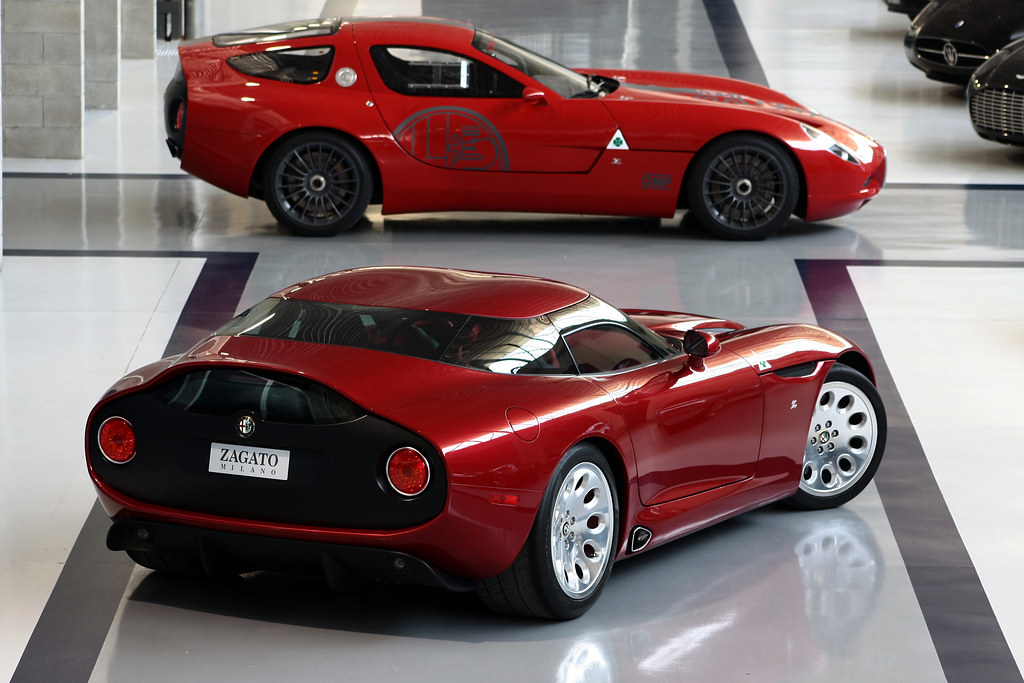
In an era brimming with technological advancements, the automotive industry consistently rolls out a dazzling array of new features, each promising to revolutionize our driving experience. Car lots overflow with vehicles sporting more tech than a NASA control room, with dealers pushing these “revolutionary” features as if they are indispensable upgrades that will transform your daily commute.
However, the reality check often arrives shortly after the purchase. Many of these innovations, while sounding impressive on paper, feel more like expensive science experiments that forgot to consider actual human beings. Your daily commute, after all, doesn’t need a computer science degree to operate basic functions, and often, these features deliver buyer’s remorse faster than a depreciation calculator.
As consumers, it’s crucial to differentiate between genuine progress that enhances safety and convenience, and mere marketing ploys designed to attract attention or increase appeal. This in-depth look aims to cut through the marketing jargon, focusing on 12 car features that, according to owners, have proven to be more gimmick than game-changer, often introducing more frustration than practical benefit.

1. **Dual-Clutch Automatic Transmissions**Dual-clutch transmissions entered the market with an enticing promise: to deliver the efficiency and engagement of a manual transmission alongside the convenience of an automatic. The idea of lightning-fast shifts and optimized power delivery, particularly appealing to performance enthusiasts, was a significant draw, often highlighted in promotional materials and specification sheets.
Yet, real-world performance often disappoints, especially in the stop-and-go traffic that characterizes much of modern driving. In these common scenarios, where smoothness and predictability matter most, these transmissions frequently exhibit jerky, hesitant behavior at low speeds. This sensation rarely feels natural and can detract significantly from the overall driving comfort, leading to a less refined experience than anticipated.
Beyond the driving dynamics, the complex mechanisms that enable those lightning-fast shifts can also be a source of significant concern. These intricate systems can require expensive repairs, often surfacing around the 60,000-mile mark, well after many initial warranties have expired. For average drivers, the added complexity and potential for high maintenance costs rarely justify themselves, especially when compared to the minimal practical advantages over modern, conventional automatics in typical driving situations.
Read more about: Beyond the Showroom Shine: A Mechanic and Enthusiast’s Unvarnished Truth About 13 Cars and Why New Isn’t Always Better

2. **Large Glass Roofs Without Sunshades**Expansive glass roofs are undeniable showstoppers, creating gorgeous interior aesthetics that evoke a sense of openness and luxury. They promise an airy cabin, allowing natural light to flood the interior and offering occupants a panoramic view of the sky, enhancing the feeling of spaciousness and modernity within the vehicle.
However, this beautiful design often comes with a significant practical drawback, especially when summer arrives or during intense sun exposure. Without proper sunshades, these large glass panels can transform vehicles into mobile greenhouses. The intense solar heat gain forces air conditioning systems to work overtime, struggling to maintain comfortable cabin temperatures.
This increased strain on the AC not only reduces overall efficiency but also significantly impacts driving range in electric vehicles. Some manufacturers compound this issue by providing no built-in shade solutions whatsoever, leaving owners to seek out expensive aftermarket fixes. The panoramic view, while initially captivating, therefore comes with the hidden costs of increased energy consumption and consistently uncomfortable cabin temperatures during warm weather driving, turning a luxury feature into a source of discomfort.
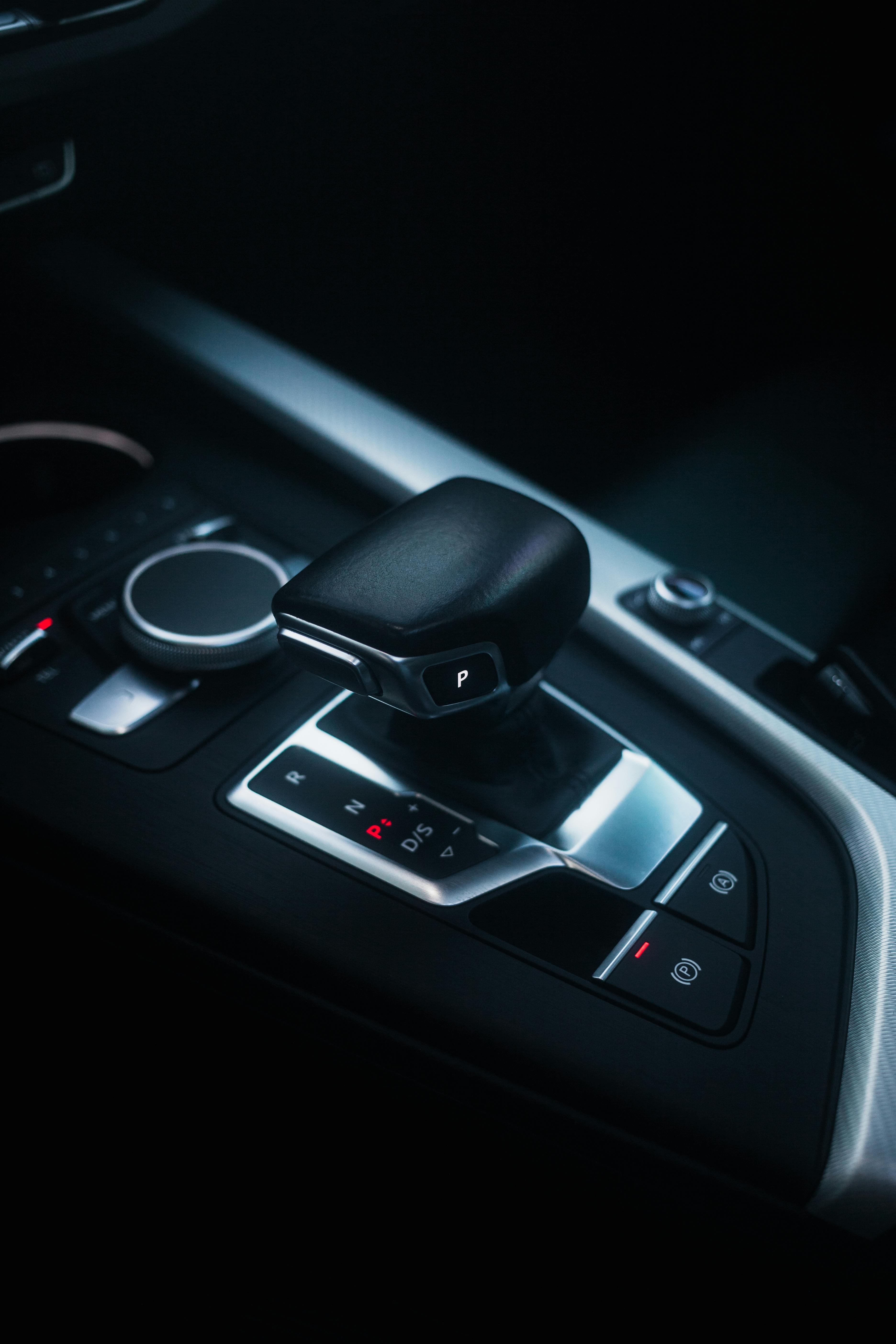
3. **Electronic Gear Selectors**For decades, traditional gear shifters operated with an intuitive simplicity that drivers understood instantly. Yet, in the pursuit of modernization and interior design aesthetics, many manufacturers decided that improvement was necessary. This led to the proliferation of electronic alternatives, ranging from rotary dials and push buttons to return-to-center toggles, each varying wildly between different brands and models.
This lack of standardization creates immediate confusion, particularly in unfamiliar vehicles. Rental cars, for instance, can become puzzles requiring consultation of the instruction manual just to engage drive or reverse. More critically, this variety undermines the muscle memory that drivers develop over years, which is vital for quick, instinctive reactions in emergency situations.
Indeed, some electronic shifter designs have tragically contributed to safety incidents when drivers accidentally select the wrong gear under pressure. Fundamental vehicle controls, which should be universally intuitive, should never require a learning curve or conscious thought in moments when split-second decisions are paramount for safety on the road.
Read more about: Engine of Regret: 14 Car Models That Left Owners Begging for a Trade-In – A Data-Driven Warning

4. **Run-Flat Tires**Run-flat tires are marketed as a significant convenience, promising roadside freedom by allowing a vehicle to continue driving for up to 50 miles after a puncture. This feature is particularly appealing for drivers who frequently travel in isolated areas or simply wish to avoid the hassle and potential danger of changing a tire by the roadside.
However, this convenience often comes at a steep price, both financially and in terms of driving experience. These specialized tires typically run 30-50% more expensive than standard options, significantly increasing replacement costs. Furthermore, they deliver a noticeably harsher ride quality over road imperfections, transmitting more bumps and jolts into the cabin due due to their stiffer sidewalls, which can diminish comfort.
Compounding the cost issue, punctured run-flats usually require complete replacement rather than simple repairs, unlike many conventional tires. While your car may save space by eliminating the need for a spare tire, you’ll pay significantly more throughout the ownership period for tire maintenance and replacement. For most drivers, the trade-off in cost and ride comfort rarely justifies the limited convenience, unless their specific driving conditions genuinely necessitate the ability to drive on a flat.
Read more about: Beyond the Zombie Hordes: 12 Indestructible Beasts to Master Any Apocalypse

5. **Driver Attention Monitoring**The concept of cameras watching your every eye movement to ensure driver alertness sounds undeniably helpful for enhancing safety. Modern monitoring systems aim to detect signs of distraction or fatigue, intervening with alerts to prevent potential accidents, a laudable goal in the pursuit of safer roads.
Yet, in practice, these systems often start “crying wolf” constantly. They frequently trigger alerts for what most drivers consider normal driving behaviors, such as checking mirrors, glancing at instrument panels, or engaging in conversation with passengers. The underlying technology often struggles to distinguish effectively between genuinely dangerous distraction and responsible, albeit brief, moments of attention redirection.
Frustratingly, many of these systems resist complete deactivation, creating an ongoing source of annoyance throughout ownership. Drivers, constantly bombarded by unwarranted warnings, eventually learn to ignore the alerts altogether. This outcome completely defeats the safety purpose of the technology, inadvertently training users to disregard legitimate safety warnings when they do occur, turning a well-intentioned feature into a counterproductive gimmick.
Read more about: Unlocking Your Ride: 14 ‘Secret’ Car Features Most Drivers Don’t Know About
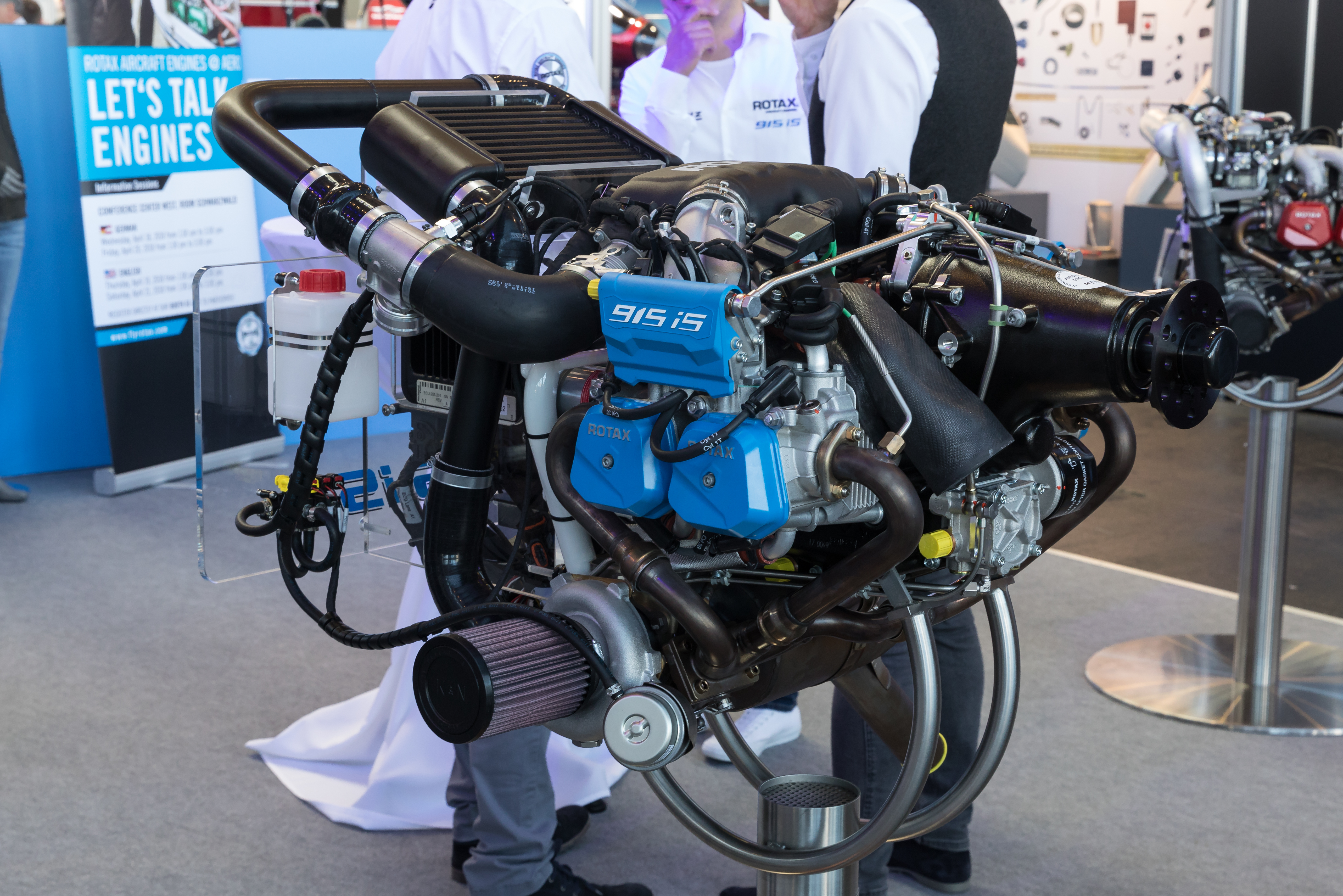
6. **Small Displacement Turbocharged Engines**Downsized turbocharged engines emerged as a key solution for manufacturers striving to meet increasingly stringent emissions regulations while attempting to maintain power output. These smaller, forced-induction units are designed to match their larger, naturally-aspirated counterparts’ power figures in controlled testing environments, offering an attractive proposition of efficiency without sacrificing performance.
However, these engines often disappoint significantly in real-world driving conditions. While laboratory tests might show impressive fuel economy figures, actual fuel consumption frequently falls short of EPA estimates, leaving owners questioning the promised efficiency gains. This discrepancy can be particularly frustrating for drivers who purchased these vehicles specifically for their advertised lower running costs.
Furthermore, turbocharged engines operate at inherently higher stress levels during normal driving, especially when the turbocharger is actively boosting. This creates considerable heat management challenges within the engine bay and can lead to potential premature component wear over the long term. Consequently, post-warranty repairs can become prohibitively expensive due to the complex nature of forced-induction systems, with their intricate plumbing, intercoolers, and sophisticated engine management. The efficiency promises, therefore, often fail to materialize or are overshadowed by the reality of increased maintenance and reduced longevity in typical ownership scenarios.
Read more about: Unmasking the Money Pits: 10 Luxury Cars That Spring Costly Repairs on Owners and How to Prepare
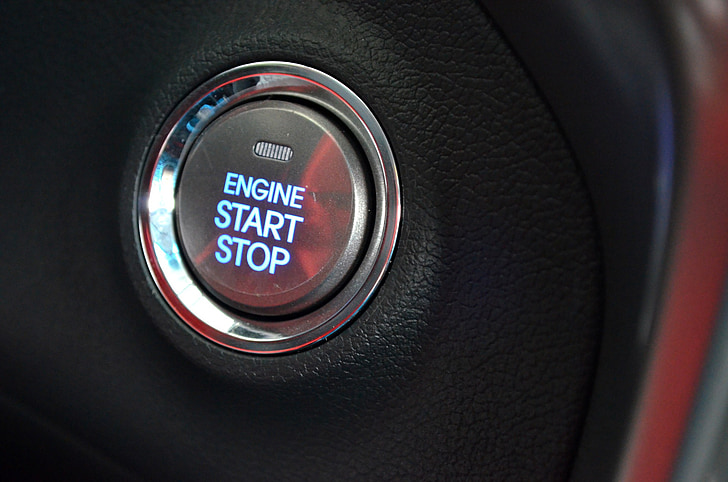
7. **Engine Start-Stop Systems**Engine Start-Stop systems have been widely implemented across many new vehicles, marketed primarily for their ability to conserve fuel, particularly in urban environments. The concept is straightforward: the engine automatically shuts down when the vehicle comes to a stop, such as at a traffic light or in heavy traffic, and then seamlessly restarts when the driver lifts their foot from the brake. Manufacturers often highlight these systems as key components in improving overall fuel efficiency and reducing emissions, presenting them as a modern solution to everyday driving challenges.
However, the real-world fuel savings generated by these systems often vary dramatically, depending heavily on individual driving conditions. While significant improvements might be observed in dense urban stop-and-go traffic, where the engine spends a considerable amount of time idling, highway commuters frequently report minimal, if any, noticeable gains. This discrepancy can lead to disappointment for drivers who purchased vehicles with the expectation of substantial fuel cost reductions across all driving scenarios, underscoring the gap between theoretical benefits and practical experience.
The constant cycling of the engine, though designed to be smooth, often translates into a jerky and somewhat unnatural driving experience for many occupants. While modern starter motors are robust enough to handle the increased workload, the sensation of the engine repeatedly shutting down and restarting can become an ongoing source of annoyance. This frequent interruption in vehicle operation can detract from the overall refinement and comfort that consumers expect from their vehicles, especially in models positioned as premium offerings.
Adding to the frustration, many of these systems are configured to activate by default with every ignition cycle. This means that drivers who prefer a smoother, uninterrupted operation must manually disable the feature each time they start the car. This repetitive action, day after day, transforms a supposed convenience into a consistent chore, undermining the user experience and often causing drivers to question the practical value of a feature they feel compelled to turn off regularly.
Read more about: Navigating the SUV Market: 14 Models U.S. Consumers Should Approach with Caution in 2024-2025
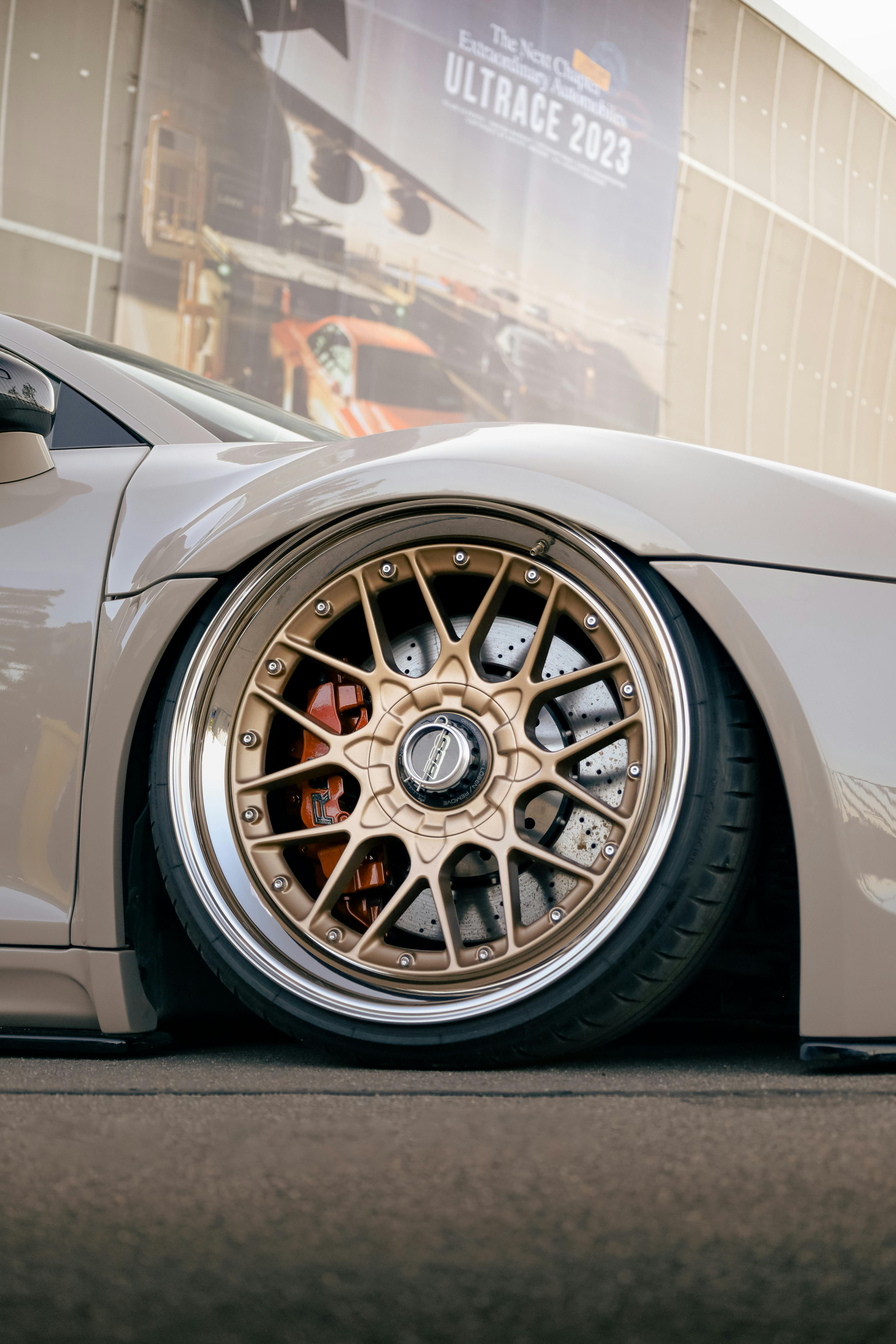
8. **Extra Low-Profile Tires with Large Wheels**The aesthetic appeal of oversized wheels paired with extra low-profile tires is undeniable, lending many vehicles a sporty, aggressive stance that photographs beautifully. This combination has become increasingly popular in automotive design, with many consumers drawn to the visual enhancement these wheels provide. They often signal a high-performance or luxury orientation, appealing to drivers who prioritize style and a distinct road presence for their vehicles.
Yet, this striking visual appeal comes at a significant practical cost, particularly when encountering common road imperfections like potholes. The minimal amount of rubber in low-profile tires offers very little cushioning between expensive alloy rims and the harsh reality of damaged pavement. This lack of sidewall flexibility means that road damage can quickly translate into costly repairs, with single impacts potentially leading to four-figure repair bills for bent or cracked wheels.
Beyond the financial implications, these wheel and tire setups dramatically alter the driving experience. They transmit nearly every road imperfection directly into the cabin, leading to a noticeably harsher ride quality. The vehicle’s suspension system is forced to work overtime attempting to smooth out what the missing tire sidewall would normally absorb, often struggling to provide the expected level of comfort. The initial visual appeal quickly fades for owners who find themselves constantly jarring over bumps and writing checks for wheel replacements every few months.
This design choice represents a clear trade-off: enhanced aesthetics versus diminished practicality and comfort. For most drivers, especially those who navigate less-than-perfect roads, the constant concern over potential wheel damage and the compromised ride quality make these fashionable choices a significant source of frustration rather than a true improvement. The pursuit of a particular look, in this instance, can impose substantial hidden costs and compromises on daily usability.
Read more about: Beyond the Pavement: Discovering the Best Expedition Vehicles for Your Next Unforgettable Camping Adventure

9. **Haptic Feedback Controls**Haptic feedback controls, designed to merge the tactile feel of physical buttons with the sleekness of touchscreens, often present themselves as a futuristic step forward in vehicle interface design. The intention is to provide a subtle physical sensation, like a vibration or click, to confirm an input, thereby allowing drivers to keep their eyes on the road. This technology aims to offer a refined and modern user experience, moving away from traditional mechanical switches towards more integrated digital surfaces.
In practice, however, these touch-sensitive surfaces frequently inherit the worst aspects of both physical buttons and pure touchscreens. The haptic feedback provided often feels too subtle or inconsistent to register reliably while driving, especially on uneven roads or with minor distractions. This lack of clear confirmation can lead drivers to press repeatedly or exert excessive pressure, turning a simple adjustment into a frustrating and attention-demanding task.
Even prominent luxury manufacturers, such as Mercedes-Benz, have reportedly reconsidered their widespread implementation of haptic systems following customer complaints regarding their intuitiveness and functionality. When basic operations, like adjusting the volume or navigating menus in an expensive vehicle, cannot be reliably registered without excessive effort or visual confirmation, it indicates a fundamental flaw in the design and execution of the control system.
Ultimately, haptic feedback controls, while sounding innovative on paper, often fail to deliver a superior user experience in the dynamic environment of a moving vehicle. They require more conscious effort and visual attention than a well-designed physical button, thereby increasing the potential for driver distraction. For consumers seeking intuitive and seamless control over vehicle functions, these systems frequently prove to be more of a sophisticated gimmick than a genuine game-changer, demonstrating that sometimes simpler, more reliable solutions are indeed superior.
Read more about: The Vanishing Act: 12 Car Features Automakers Are Quietly Removing and What Every Buyer Needs to Know Before Signing
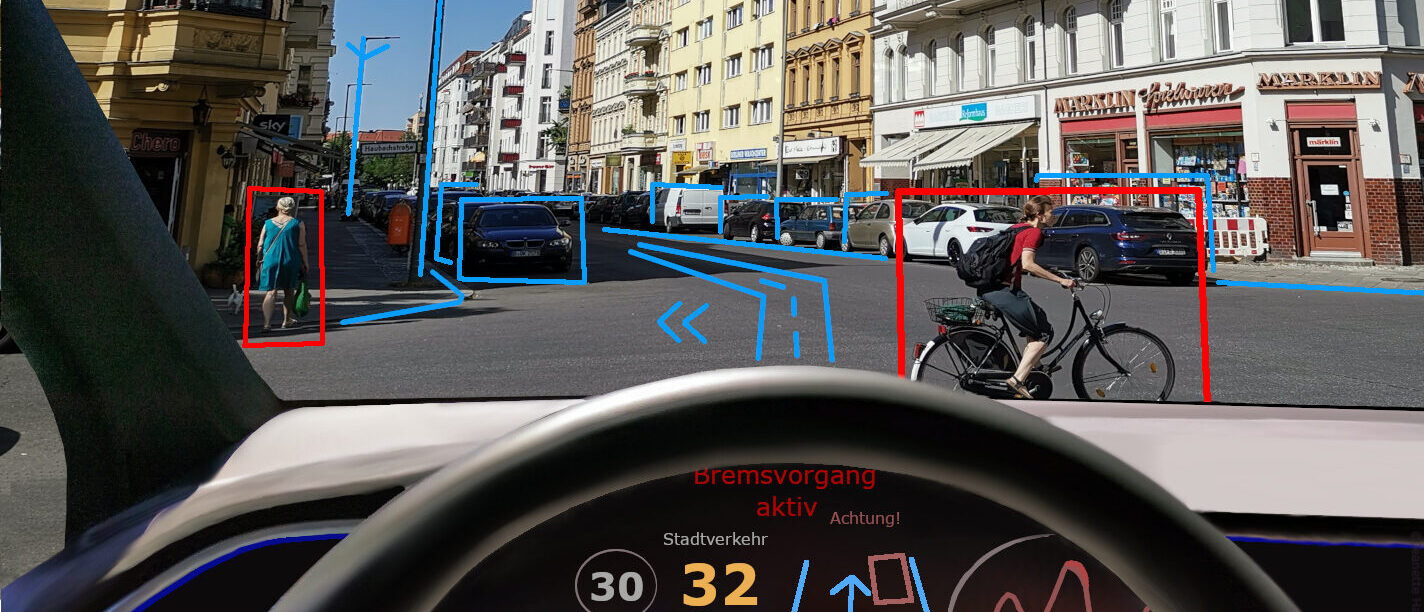
10. **Active Parking Assist**Automatic parking systems, or Active Parking Assist, are presented as a solution to one of driving’s most common anxieties: parallel and perpendicular parking. These systems promise to take the stress out of tight maneuvers, guiding the vehicle into a space with minimal driver input. The technology uses sensors to detect suitable parking spots and then autonomously steers the vehicle, with the driver typically controlling the accelerator and brake. This is often highlighted as a significant convenience, particularly for city dwellers or those less confident in their parking abilities.
However, in real-world scenarios, the performance of these systems often falls short of expectations, resembling the hesitant movements of a cautious driver rather than the swift precision of an experienced one. While a skilled driver can parallel park a vehicle in as little as 15 seconds, these automated systems frequently require 45 seconds or more to complete the same maneuver. This extended duration can become a source of frustration, leading to lines of traffic behind the vehicle and drawing inquisitive stares from pedestrians.
Furthermore, Active Parking Assist systems often struggle significantly with non-standard parking situations or exceptionally tight spaces that seasoned drivers might navigate with relative ease. The technology is designed to operate best under ideal conditions—clearly marked, generously sized spots with ample room for maneuvering—conditions that rarely match the challenges of real-world parking lots or bustling urban streets. This limitation means that drivers often find themselves disengaging the system and taking over manually when faced with even slightly complex parking scenarios.
Ultimately, the time saved from avoiding manual parking effort is frequently consumed by the extended, often slow, automated process and the necessity to intervene in less-than-ideal situations. For many drivers, the promise of effortless parking proves to be more of a novelty feature than a practical tool. While impressive as a demonstration, the day-to-day utility and efficiency of Active Parking Assist remain questionable, making it more of a gimmick for most drivers than a true game-changer in terms of convenience or safety.
Read more about: Beyond the Badge: Uncovering the Hidden Flaws in 14 Fan-Favorite Vehicle Models

11. **Touchscreen Climate Controls**The integration of climate controls into a vehicle’s central touchscreen interface has become a popular design trend, driven by a desire for minimalist dashboards and an increasingly digital user experience. Manufacturers often justify this shift by citing aesthetic improvements and the ability to consolidate multiple functions into a single, versatile display. This approach eliminates the need for numerous physical buttons and knobs, contributing to a cleaner, more modern interior appearance that aligns with contemporary tech trends.
Yet, this design choice transforms what should be a simple, intuitive task into a dangerously distracting one. Adjusting basic functions like air conditioning temperature, fan speed, or defrost settings, which were once handled by muscle memory through tactile knobs and buttons, now demands significant visual attention. Drivers are forced to navigate through digital menus, precisely tap on virtual buttons, and confirm selections on a screen that requires direct eye contact.
Extensive research has consistently shown that drivers using touchscreens for essential tasks, particularly climate control, take their eyes off the road for significantly longer periods compared to those using physical controls. This increased visual distraction elevates the risk of accidents, especially when traveling at higher speeds where split-second decisions are critical. The act of hunting through digital menus at 70 mph to find the defrost setting before the windshield completely fogs over exemplifies the inherent danger of this design.
The practical implication is that a fundamental vehicle control, vital for both comfort and safety, becomes a source of frustration and a potential hazard. The convenience and safety benefits of keeping one’s eyes on the road and hands on the wheel are severely compromised by the need to interact with a non-tactile, visually demanding interface. Therefore, touchscreen climate controls, despite their modern aesthetic, often represent a step backward in terms of user-friendliness and driver safety, proving to be more of a design gimmick than a functional improvement.
Read more about: Beyond the Badge: Uncovering the Hidden Flaws in 14 Fan-Favorite Vehicle Models

12. **Panoramic Glass Roofs**Panoramic glass roofs are often touted as the ultimate luxury feature, extending the open, airy feeling of a traditional sunroof across almost the entire roofline. They are designed to flood the cabin with natural light and offer occupants an expansive view of the sky, significantly enhancing the sense of spaciousness and connection to the outside world. This feature is frequently highlighted in high-end models as a premium offering that elevates the vehicle’s interior ambiance and perceived value.
However, these massive glass panels amplify many of the problems associated with standard glass roofs while introducing their own set of mechanical complexities. One significant drawback is the increased vehicle weight, especially at the highest point of the car. This added mass subtly affects handling characteristics, raising the center of gravity and changing how the vehicle responds in corners, which can diminish the agile driving dynamics expected from certain models.
Furthermore, the complex opening mechanisms inherent in many panoramic roofs represent a considerable future maintenance concern. Unlike fixed glass roofs, the moving parts, motors, and intricate sealing systems are prone to wear and potential failure over time. Replacement costs for these sophisticated assemblies often exceed $3,000, and critically, such expensive repairs typically fall outside standard warranty coverage after the initial years of ownership, leaving consumers with substantial unexpected expenses.
In essence, while a panoramic glass roof undeniably enhances the interior aesthetic and feeling of openness, its practical disadvantages in terms of increased weight, potential impact on handling, and significant long-term maintenance costs often outweigh the perceived luxury. For many owners, the mechanical sophistication and initial appeal rarely justify the ongoing expenses and potential for future headaches, solidifying its status as more of a lavish gimmick than a truly beneficial feature in the long run.
Read more about: Unpacking the Past: 14 Vintage Car Features Modern Driving Left Behind (And Why We Miss Them)
As we’ve explored these 12 automotive features, a recurring theme emerges: the line between innovation and gimmick is often blurred by marketing promises. While the automotive industry continues to push boundaries with new technologies, it’s vital for consumers to critically evaluate whether these advancements genuinely enhance the driving experience, safety, or convenience, or merely add complexity, cost, and frustration. Informed decisions, grounded in real-world performance rather than showroom allure, remain the best defense against buyer’s remorse in a rapidly evolving automotive landscape. Your peace of mind, and indeed your wallet, will thank you for looking beyond the hype.” , “_words_section2”: “1997

